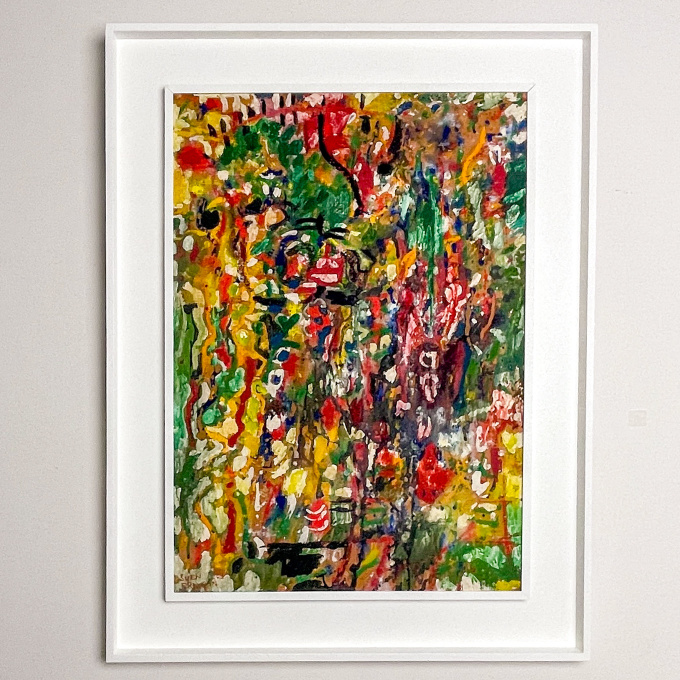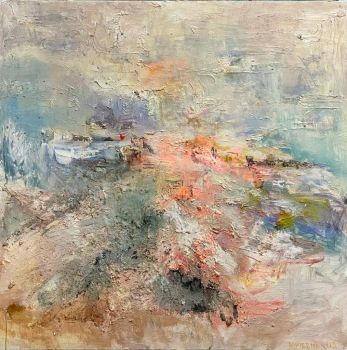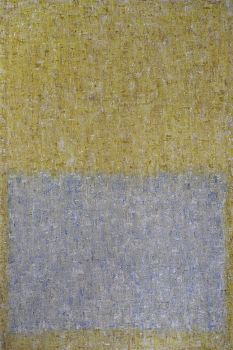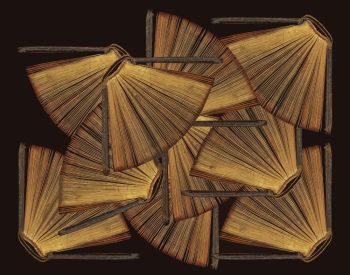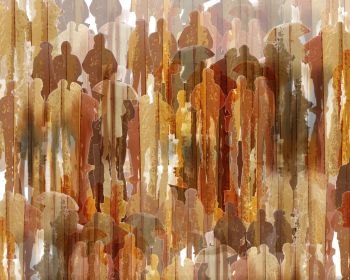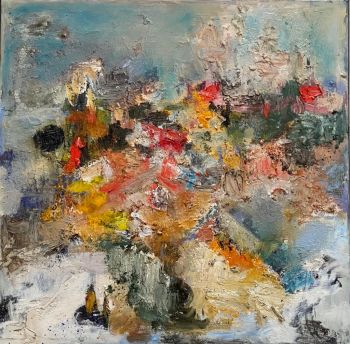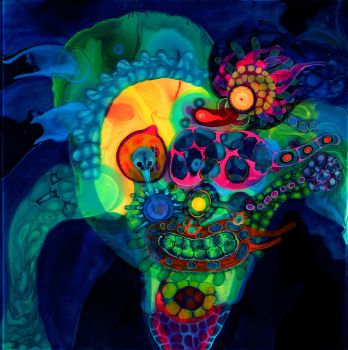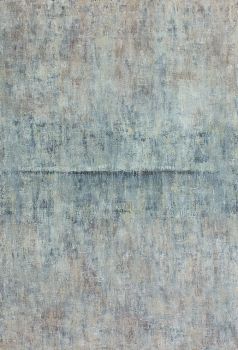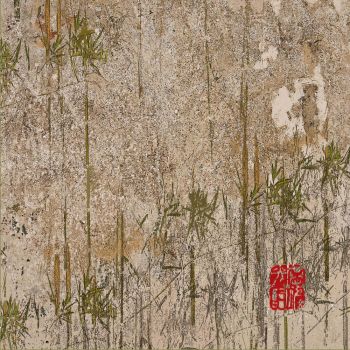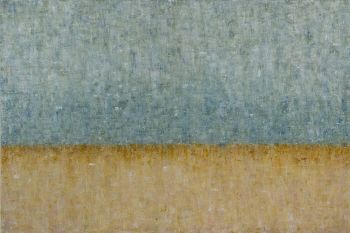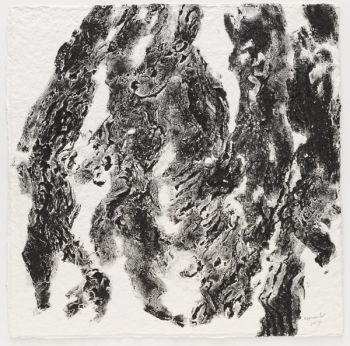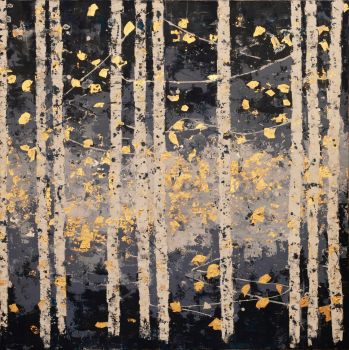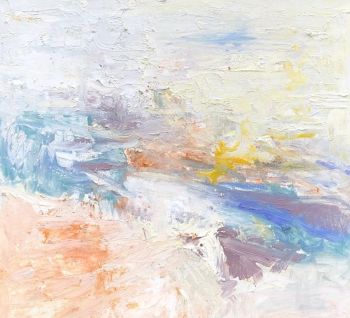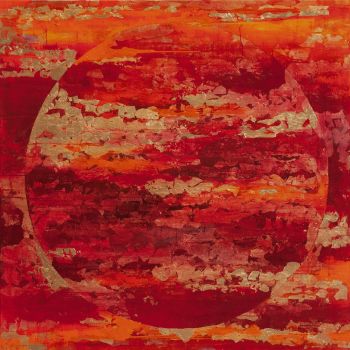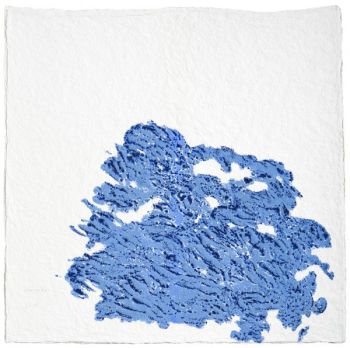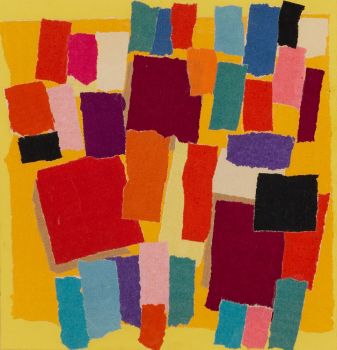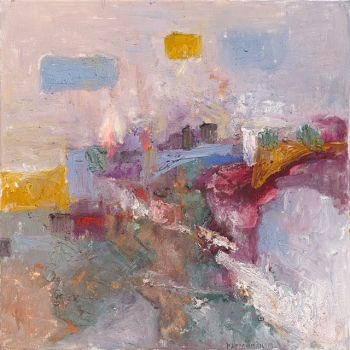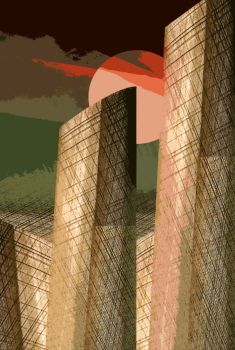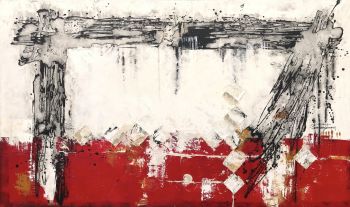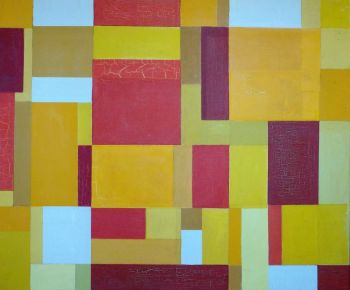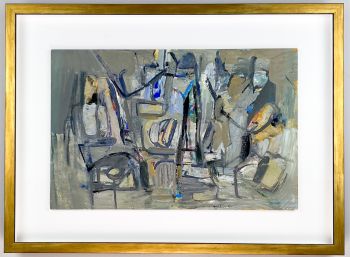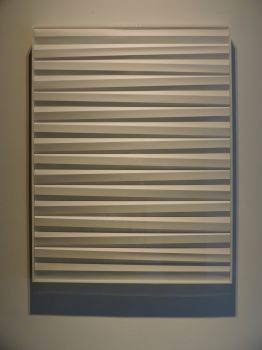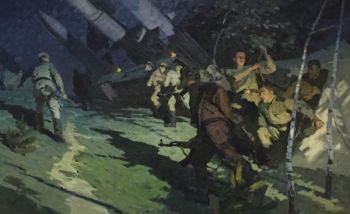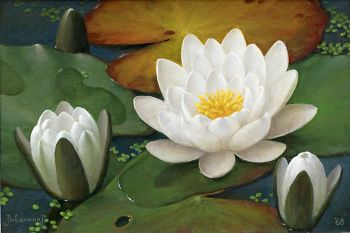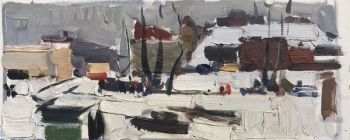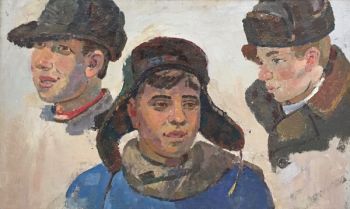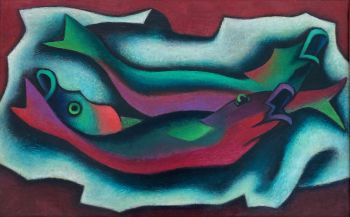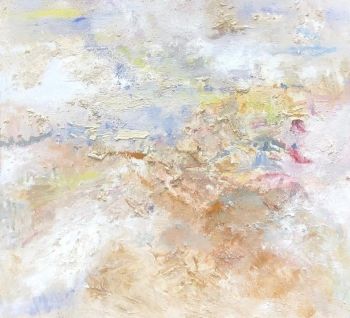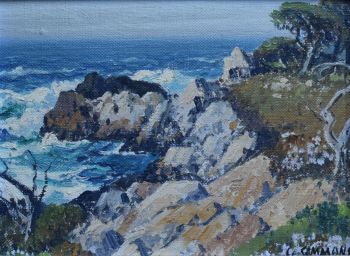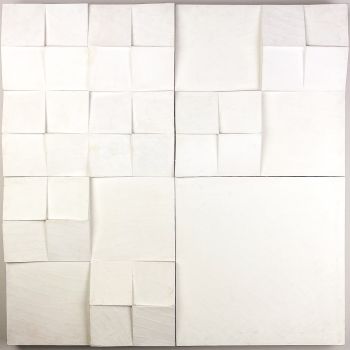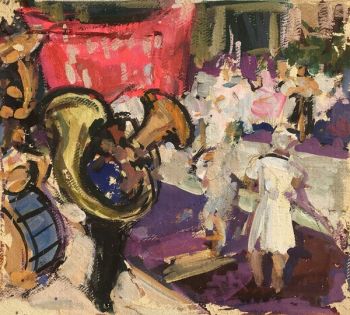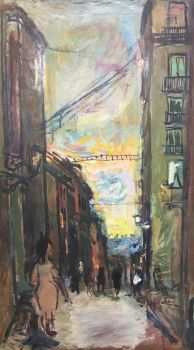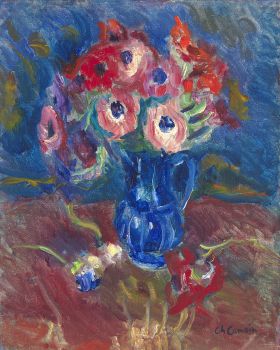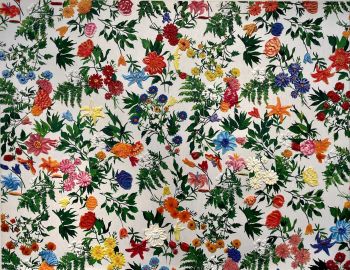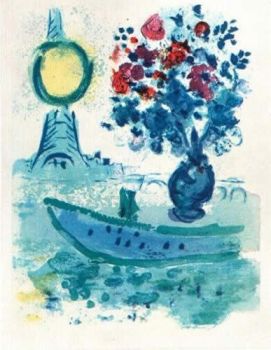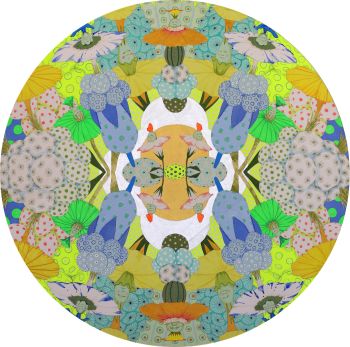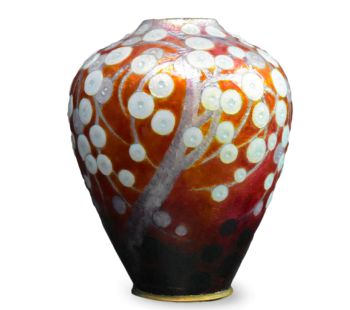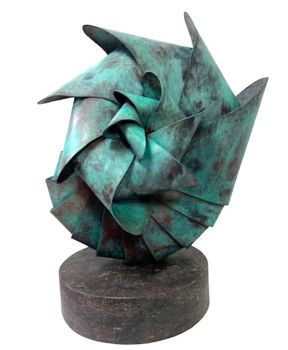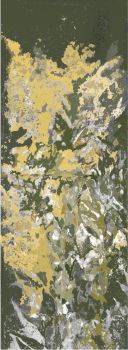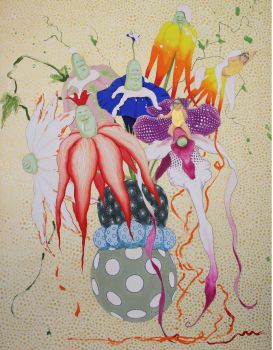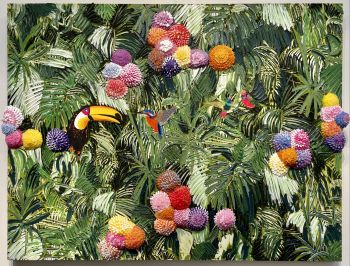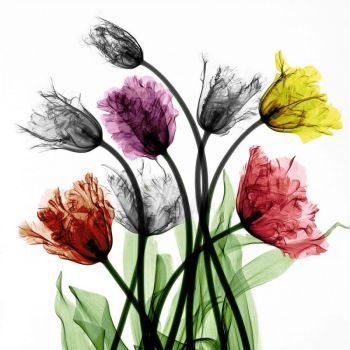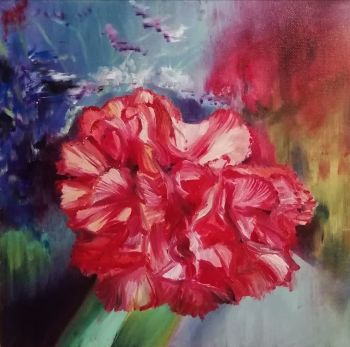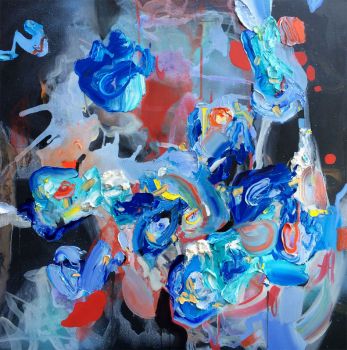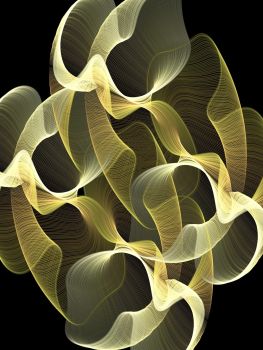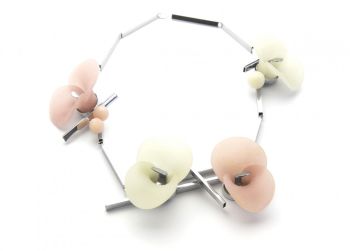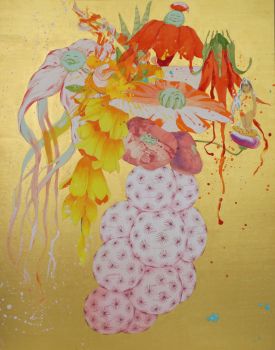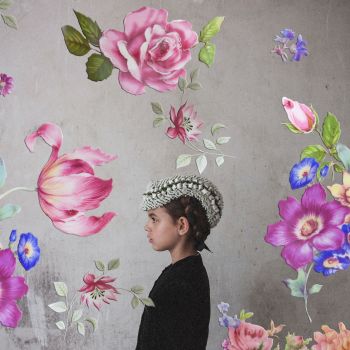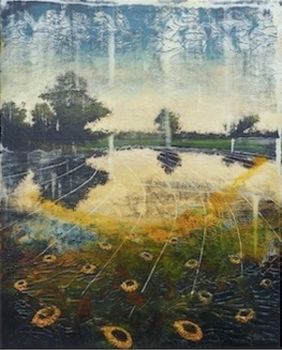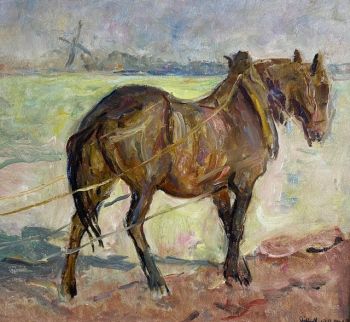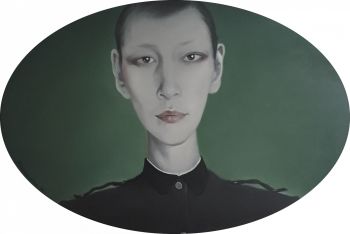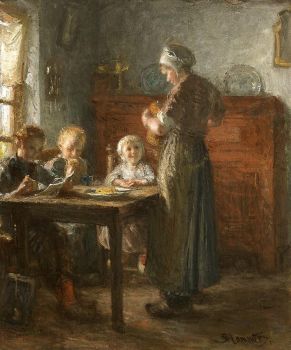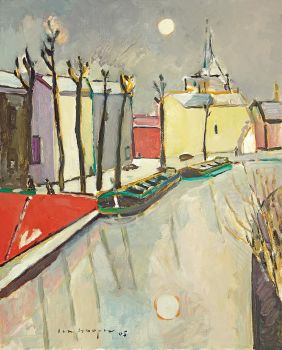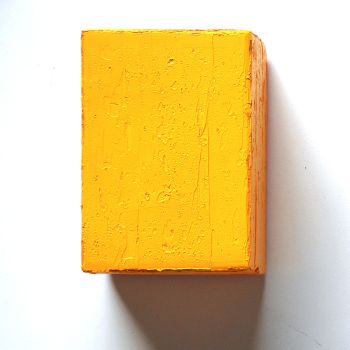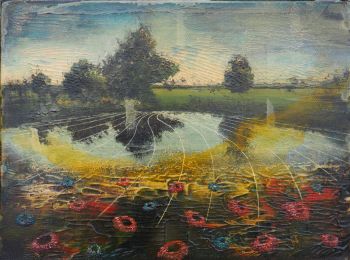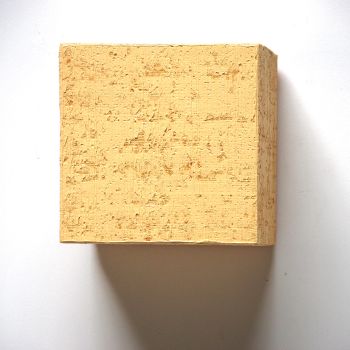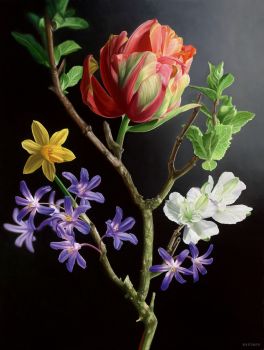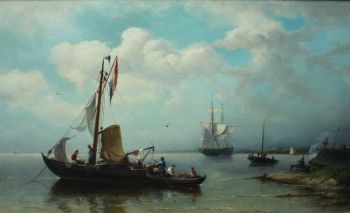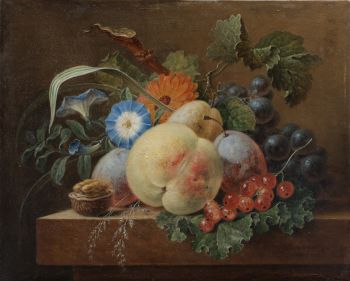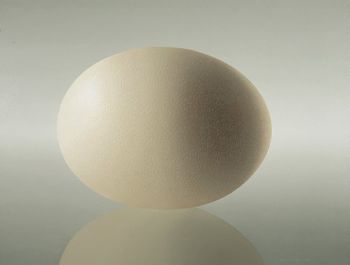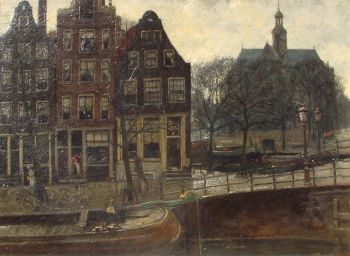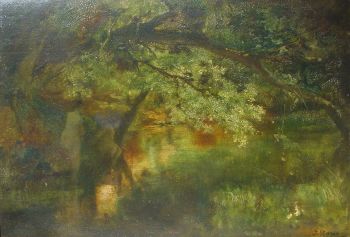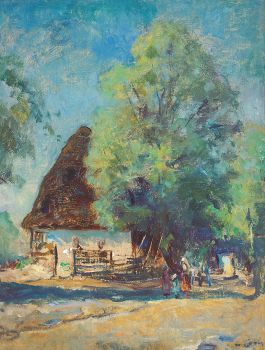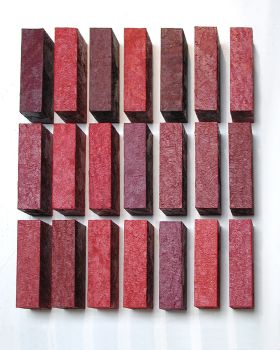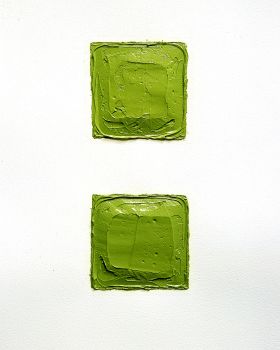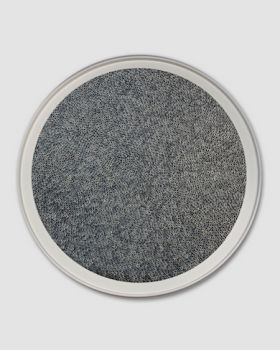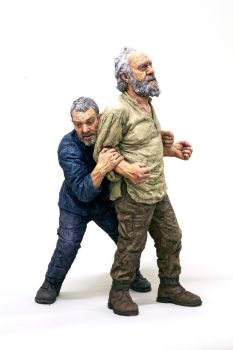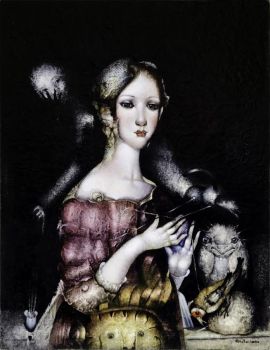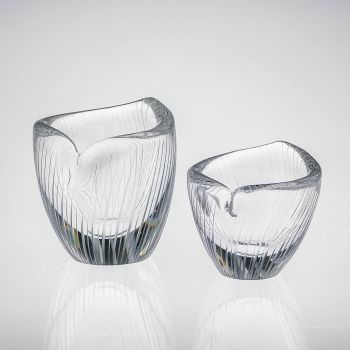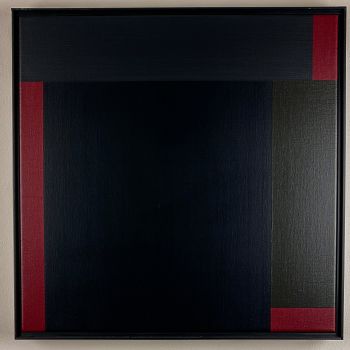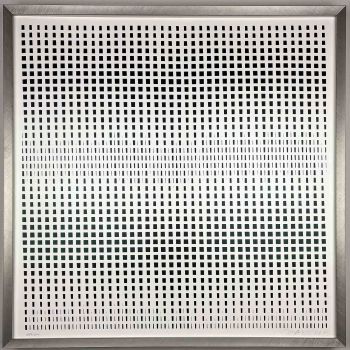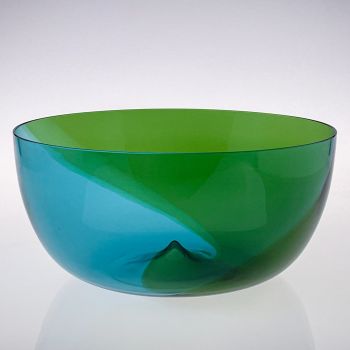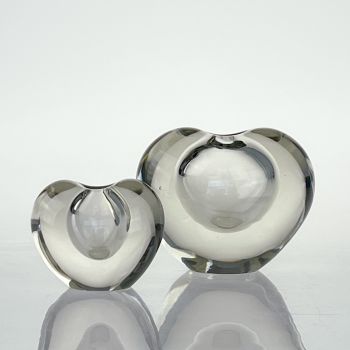Sven Erixson – “Red Flowers”, 1962 – oil on board, profesionally framed 1962
Sven Erixson
LegnaTavolaPittura a olioDipingere
77 ⨯ 59 ⨯ 5 cm
ConditionGood
Prezzo su richiesta
Van Kerkhoff Art
- A proposito di opere d'arteAn original oilpainting on board, “Red Flowers”. Painted by Swedish artist Sven Erixson in 1962.
Signed and dated by the artist (front, bottom left). Titled on the reverse in pencil.
Professionally framed in a bespoke, painted wooden frame. Ready to hang.
About Sven Erixson
Sven Leonard Erixson (Tumba, Sweden 1899 – Saltsjöbaden, Sweden 1970) was a Swedish painter and sculptor. Affectionately known as “X-et” (X), he left an indelible mark on the Swedish art scene during the 20th century.
Erixson’s path to becoming a respected artist was a long and challenging one. He started his artistic journey as an apprentice to a master painter at the age of 14. As his passion for art grew, he honed his skills in decorative painting. Simultaneously, he took on the role of a drawing instructor at the Konstfack. A pivotal moment in his artistic education came when he spent a year at the Royal Swedish Academy of Arts. Notably, he later returned to the academy as a Professor of painting from 1943 to 1953.
Erixson’s body of work is a testament to his diverse talents. His paintings often featured landscapes with figures, infused with motifs from sunny southern locales. He also had a knack for capturing the essence of urban life and maritime scenes. His repertoire extended to intimate interiors and delicate floral compositions. In the last decade of his life, his work changed and he paintings became increasingly abstracted.
His artistic inspiration ranged from Medieval Folk art to the spirited strokes of German Expressionism. Erixson’s love for travel greatly influenced his work, drawing inspiration from Spain and the south of France. During his travels, he sought out the works of both old masters and contemporary artists, including Goya and Velazquez at the Museo del Prado, El Greco in Toledo, and Paul Klee, Lovis Corinth, Gustav Klimt, and Egon Schiele at the Bavarian National Museum.
Erixson holds a very significant place among Sweden’s modern painters, with his works displayed in most Swedish art museums. In 1932, he co-founded the artist-led gallery ‘Color and Shape’ (Färg och Form). His artistic pursuits extended beyond easel painting, including the creation of frescoes in the Holy Cross Chapel at Woodland Cemetery in Stockholm (1938 to 1940) and a significant fresco in the town hall of Huddinge (1948 to 1949), where he incorporated his childhood memories of the railroad town. Erixson’s creative endeavors also involved theatrical decor, such as his work on Garcia Lorca’s “Blood Wedding” in 1944 and his costume sketches for “Aniara” in 1959. - A proposito di opere artista
Sven "X-et" Leonard Erixson (23 novembre 1899 – 17 maggio 1970) si distingue come una figura fondamentale nell'arte svedese, celebrato per i suoi poliedrici contributi come pittore e scultore. Nato da Alfred e Mathilda Eriksson, è stato intrecciato in una famiglia che avrebbe visto le arti fiorire attraverso le generazioni, con il suo matrimonio con Ingeborg Erixson che ha prodotto due figli che hanno seguito le orme creative del padre: Sverre Erixson, un'artista nata nel 1932, e Irma Erisson, attore nato nel 1937.
Il percorso di Erisson verso il riconoscimento artistico è stato segnato dalla dedizione e da una rigorosa ricerca della conoscenza. Iniziando la sua formazione formale alla tenera età di 14 anni sotto la guida di un maestro pittore, ha ampliato le sue capacità nella pittura decorativa e ha accettato il ruolo di insegnante di disegno presso Konstfack, la più grande università svedese per le arti, l'artigianato e il design. Il suo percorso formativo lo portò ulteriormente alla prestigiosa Accademia reale svedese delle arti, dove non solo studiò ma in seguito impartì la sua saggezza come professore di pittura dal 1943 al 1953.
La sua opera artistica è ampia e profonda e cattura paesaggi popolati di figure, vivaci scene di città e porti, interni intimi e delicate composizioni floreali. La tavolozza di Erisson attingeva da un ricco arazzo di influenze, dal fascino rustico dell'arte popolare medievale ai tratti audaci dell'espressionismo tedesco. Viaggiatore vorace, trovò infinita ispirazione nei paesaggi e nel patrimonio artistico della Spagna e del sud della Francia, studiando diligentemente le opere di luminari come Goya, Velazquez, El Greco, Paul Klee, Lovis Corinth, Gustav Klimt ed Egon Schiele in le loro impostazioni native.
L'eredità di Erisson come uno dei principali pittori moderni svedesi è indiscussa, con le sue opere che impreziosiscono le collezioni dei principali musei d'arte svedesi. Ha avuto un ruolo determinante nella fondazione della galleria guidata da artisti "Color and Shape" (Färg och Form) nel 1932, segnando un momento cruciale nel movimento artistico moderno svedese. Le sue commissioni sono numerose e varie, tra cui i suggestivi affreschi della Cappella della Santa Croce nel Cimitero di Woodland a Stoccolma (1938-1940) e l'affascinante affresco nel municipio di Huddinge (1948-1949), che fonde in modo intricato i suoi ricordi d'infanzia con gli avvenimenti della città. patrimonio ferroviario. Al di là della tela, lo spirito creativo di Erixson trovò espressione nell'arredamento teatrale, in particolare per "Nozze di sangue" di Garcia Lorca nel 1944, e nei suoi progetti per decorazioni e costumi per "Aniara" nel 1959, mostrando il suo approccio versatile e fantasioso all'arte.
Sei interessato ad acquistare questa opera d'arte?
Artwork details
Related artworks
Chaya Kupperman
Bronwater II, no. 6, het buitenatelier Italia2019
Prezzo su richiestaGalerie Het Noorderlicht
1 - 4 / 24- 1 - 4 / 24
Paulus Franciscus Kromjong
Fiori davanti ad Arearea Aka (gioia) di Gauguin'20th century
Prezzo su richiestaZebregs & Röell - Fine Art - Antiques
1 - 4 / 24Dirk Johannes van Haaren
Brouwersgracht in Amsterdam (near Noordermarkt)1904
Prezzo su richiestaKunsthandel Pygmalion
Rene Rietmeyer
"Netherlands, The Hague, March 2002"2002
Prezzo su richiestaEuropean Cultural Centre Collection
1 - 4 / 24- 1 - 4 / 12

